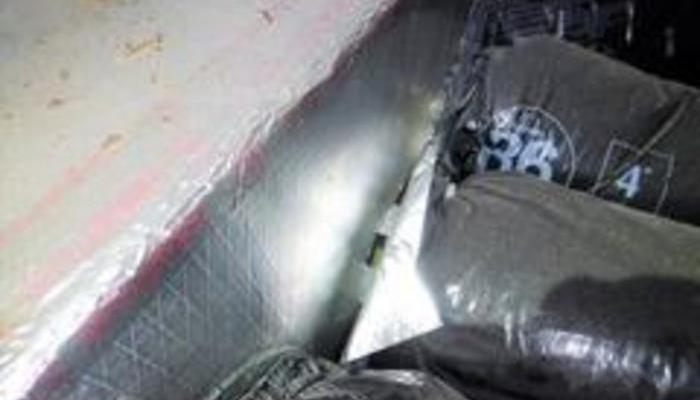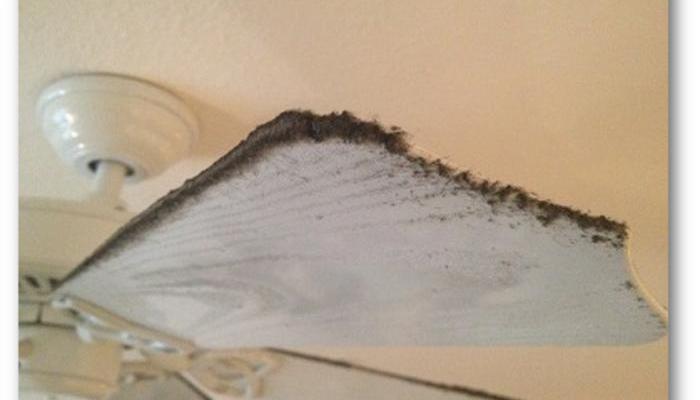HVAC Duct Sealing Experts Maryland |
 Duct leakage problems occur often at take-off locations due to loose or faulty mechanical connections. Should You Get HVAC Ducts Cleaned?Immediately, when people see dusty fans, blinds and counter tops they think to get the ducts cleaned. Homeowners with forced air heating and cooling systems tend to look at dust around the house as a duct cleaning problem. The intuitive approach is get ducts cleaned – reduce dust around the house and therefore, reduce the need to have to dust. According to this article in the Washington Post, getting your ducts cleaned might not really be the answer. Aside from possibly stirring up the dirt and making matters worse, the EPA and other important organizations don’t really stamp their approval on any actual benefit from duct cleaning. It does does not hurt anything they say, but it also has not proven to be particularly helpful either. | Leaky Ducts = Low Hanging FruitAccording to the EPA and other studies, the ducts in your home can be leaky enough to account for up as much as 30% of total energy loss. When ducts inside the thermal envelope are leaking it can cause pressure imbalances. Pressure imbalances can cause rooms to receive poor air delivery and therefore might be warmer or colder, depending on the season. Getting an air duct leakage diagnostic test performed will allow you to know exactly how large the duct leakage areas are and where they are located within the duct system for more targeted solutions that treat the right problems and not aimlessly attempt to solve comfort/ high energy bill concerns.  Excessive dust in a home could be linked to loose HVAC ducts. |
 New construction homes require ducts to be very tight. Older homes can benefit too. Do you want to find your duct leaks?-Leaky ducts can be as much as a 22.5% annual energy penalty (higher bill!) Leaky ducts are causing you high bills, indoor air quality issues (DUST!) and poor air delivery throughout the house which can lead to hot/cold spots and comfort issues.  Duct leakage testing diagnostics can help determine problems with efficiency, comfort and indoor air quality. Duct Leakage to Outside DiagnosticsWith testing equipment and procedures Hometrust calculates the cumulative area of your duct leakage holes to the outside down to the square inch without you ever having to go digging into the crawl space or attic to see the actual places where the leakage is occurring. This is quite important for making informed decisions about whether to take measures to seal the ducts. If the holes are not that large and the cost is great, it might make sense to try to isolate the leakage and seal only those areas or let that part of the project go and focus on other, more effective solutions such as air sealing and insulation or replacement windows or doors.
| New Construction Duct Leakage RequirementsThe reason new construction duct systems are being tested for leakage is because losing conditioned air through leakage in ducts in one of the biggest sources of energy loss and comfort issues in a Maryland home. Existing homes are not required to be tested, but everyone should consider duct leakage testing, especially if your home is built on a crawl space or if you have duct work running through the attic. New energy codes adopted by Maryland from the IECC require air leakage rates of less than 4 cubic feet per minute/100 square feet of conditioned floor area at a test pressure of 25 Pa. Learn how to properly seal ducts before you close everything up!  Think about how to improve efficiency Total Duct Leakage DiagnosticsThe first step in actually testing the ducts is to determine how much the total HVAC duct system is leaking overall, including both inside the thermal envelope (inside conditioned space) and outside the thermal envelope (crawl space, attic, garage). By sealing off all open registers and returns, the testing equipment can pressurize the duct system, forcing air through the cracks. The sensor can read the amount of air flowing through the duct and outside of the duct when the pressure reaches the exact same measure for every system that is tested which is 25 Pascals. Another way to visualize this test is to think about it in these terms. Consider the same two duct systems side by side. Everything is the same in terms of the size, where the system has joints and branches as well as the overall volume of the duct system is all the same. The only difference is that duct system A has several leakage points that cumulatively add up to 2 square inches of “holes” in the ducts and duct B is tight and has very few leakage points. If I run the test on each system at the same time, what we will find is the following result. Duct A with the large holes will have a higher flow number than duct B with very few leakage areas and the pressure on the both systems will be the same. By creating the exact same pressure conditions in both duct systems, the duct with more leakage will be reading a higher amount of air flowing through the sensor because there is a larger space for the air to escape.  Ducts that run outside of the themal envelope will cost the most if not sealed and should be checked for leakage. |
Ways to Contact Us
Would you like to learn more about clever ways to save energy? Read our Home Efficiency Report Need an attic assessment? Do you need a free-estimate for sealing ducts? |






